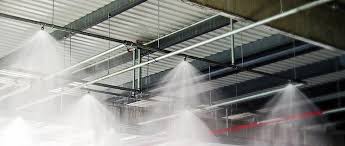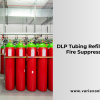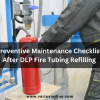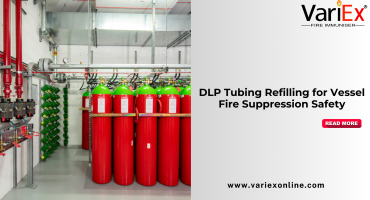Fire Sprinkler System Installation
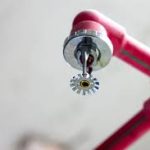
1. Regulatory Requirements:
- Building codes, standards, and regulations dictate the requirements for fire sprinkler system installation. These regulations vary by jurisdiction and may include specifications for system design, installation methods, component selection, and testing procedures.
- It's essential to work with experienced professionals familiar with local regulations to ensure compliance throughout the installation process.
2. System Types and Design Considerations:
- Fire sprinkler systems come in various types, including wet pipe systems, dry pipe systems, pre-action systems, and deluge systems. Each type is suitable for different environments and fire hazards.
- System design considerations include occupancy type, building layout, fire risk assessment, water supply availability, and hydraulic calculations. Design professionals use this information to develop a customized system layout that maximizes effectiveness and minimizes water damage.
3. Integration with Building Systems:
- Fire sprinkler systems may need to be integrated with other building systems, such as HVAC, electrical, and structural systems. Coordination between disciplines is essential to ensure compatibility and avoid conflicts during installation.
- Integration with building automation systems (BAS) and emergency communication systems can enhance overall fire protection and emergency response capabilities.
4. Installation Challenges and Solutions:
- Installation of fire sprinkler systems may present challenges such as limited space, structural constraints, and coordination with other trades. Experienced installers use innovative techniques and solutions to overcome these challenges while maintaining compliance and system integrity.
- Retrofitting fire sprinkler systems into existing buildings can be particularly challenging and may require creative solutions to minimize disruption to occupants and existing infrastructure.
5. Quality Assurance and Testing:
- Quality assurance measures, including factory testing of components and on-site inspections during installation, help ensure the reliability and functionality of fire sprinkler systems.
- System testing and commissioning are critical steps to verify proper operation and compliance with design specifications. This includes functional testing of all system components, hydraulic calculations, and coordination with local authorities for final approval.
6. Training and Education:
- Training for installers, technicians, and building occupants is essential to ensure proper operation and maintenance of fire sprinkler systems. Training programs cover topics such as system operation, emergency procedures, and maintenance requirements.
- Ongoing education helps keep stakeholders informed about new technologies, regulations, and best practices in fire protection.
7. Project Management and Coordination:
- Effective project management and coordination are crucial for successful fire sprinkler system installation. This includes scheduling, budgeting, material procurement, subcontractor management, and communication with stakeholders throughout the project lifecycle.
- Clear communication and collaboration among all parties involved in the project help minimize delays, mitigate risks, and ensure project success.
8. Post-Installation Support:
- After installation, ongoing support is necessary to address any issues that may arise and ensure the long-term performance of the fire sprinkler system. This includes providing maintenance services, responding to service calls, and offering technical assistance as needed.
By following proper design, installation, and maintenance practices, fire sprinkler systems can provide effective fire protection for buildings of all types, safeguarding lives and property against the devastating effects of fires. Consulting with qualified professionals and adhering to industry best practices are essential for successful installation and ongoing reliability of fire sprinkler systems. By considering these additional aspects of fire sprinkler system installation, stakeholders can better understand the complexities involved and make informed decisions to ensure the successful implementation of fire protection measures in their buildings. Consulting with experienced professionals and staying informed about industry trends and advancements are essential for achieving optimal results in fire sprinkler system installation projects.
![]()
 Read more +24 November 2023 in Fire Extinguisher
Read more +24 November 2023 in Fire Extinguisher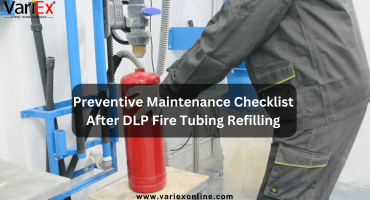 Read more +11 July 2025 in Fire Suppression
Read more +11 July 2025 in Fire Suppression

